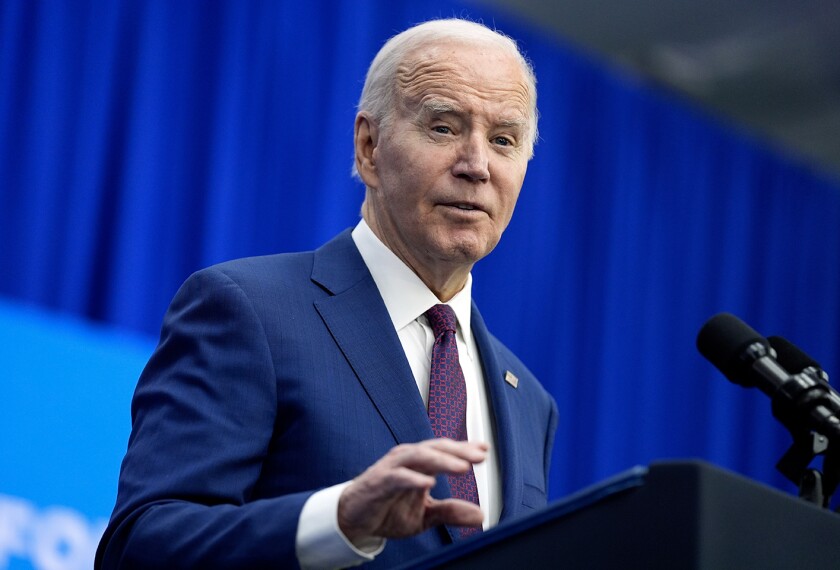The nearly $5 million spending duel between labor groups and wealthy education activists that brought national attention to the race for three Los Angeles school board seats ended last week in a sort of draw.
Steve Zimmer, a teacher and one-term incumbent, will return to the board as the District 4 representative after narrowly defeating newcomer Kate Anderson. Her candidacy received more than $1.5 million in independent expenditures from a cadre of education activists that included New York City Mayor Michael R. Bloomberg.
Mr. Zimmer was endorsed by the United Teachers Los Angeles and got financial backing from the UTLA and other labor groups, including $150,000 from the American Federation of Teachers. He received 52 percent of the vote in the March 5 nonpartisan primary, while Ms. Anderson captured 48 percent, according to city election officials.
But the activists who favored Ms. Anderson prevailed in their efforts to keep board President Mónica García on the governing panel of the 670,000-student Los Angeles Unified district for a third term. Blocking the re-election of Ms. García, one of Superintendent John E. Deasy’s strongest supporters, was a priority for the UTLA.

Ms. García captured more than 56 percent of the vote in a five-person field for the District 2 seat, enough to avoid a runoff in May.
Meanwhile, in another closely watched California school board race, this one in the 18,600-student Pasadena district, white incumbents prevailed under a new election system that had been designed to bring more racial and ethnic diversity to the board.

In the Los Angeles race, shoring up support for Mr. Deasy and his agenda for revamping teacher hiring, evaluating, and firing practices was the chief goal of outside advocates such as Mr. Bloomberg and former District of Columbia Schools Chancellor Michelle A. Rhee, whose StudentsFirst organization was among those donating to the Coalition for School Reform.

The coalition, a political action committee aligned with Los Angeles Mayor Antonio Villaraigosa, raised nearly $4 million to spend in support of Ms. Anderson, Ms. García, and Antonio Sanchez, a candidate for an open seat in District 6. Mr. Sanchez faces a runoff in May against Monica Ratliff.
Outside Donors
Other big out-of-town contributors to the coalition were media mogul Rupert Murdoch, whose News Corp. affiliate News America Inc. kicked in $250,000, and Joel I. Klein, the former New York City schools chancellor, who gave $25,000. Mr. Klein is an executive vice president at News Corp. and heads Amplify, its education division.
The Los Angeles election was a big test of the sway of outside activists, who have increasingly been pouring money into state and local school board races, in part to weaken the historical influence of teachers’ unions.
North of the city, Pasadena held its first school board election using seven “trustee areas” rather than at-large elections. Voters there opted to return three white incumbents—Kim Kenne, Scott Phelps, and Elizabeth Pomeroy—over challengers from minority groups.
But one of the seven newcomers running—out of 10 candidates—will get a board seat. Ruben Hueso, who is Latino, won the most votes in Latino-rich District 3, but received only 49.9 percent of total votes—just shy of the 50 percent plus one vote he needed to avoid a runoff. In April, he will face another newcomer, Tyron Hampton, who is black.
Kenneth Chawkins, who led the task force that created the new voting-district boundaries, said the Pasadena results were not surprising, but still offered cause for hope for minority candidates.
“This new election dynamic will take a couple cycles to get a healthy mix of candidates,” he said, “but the system worked as planned, with a more diverse pool of candidates and more local, on-the-ground politics.”





